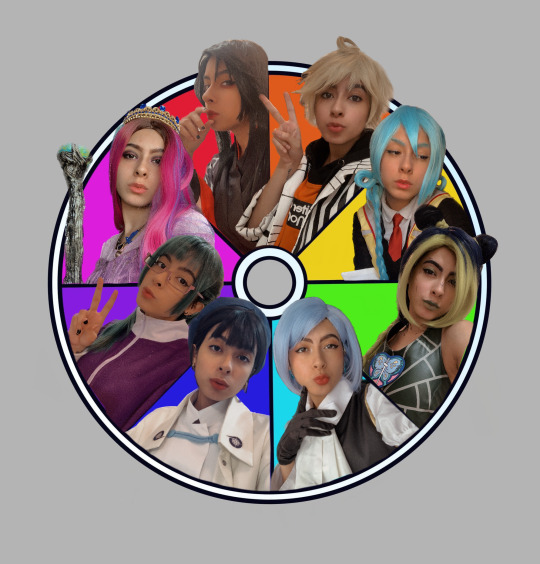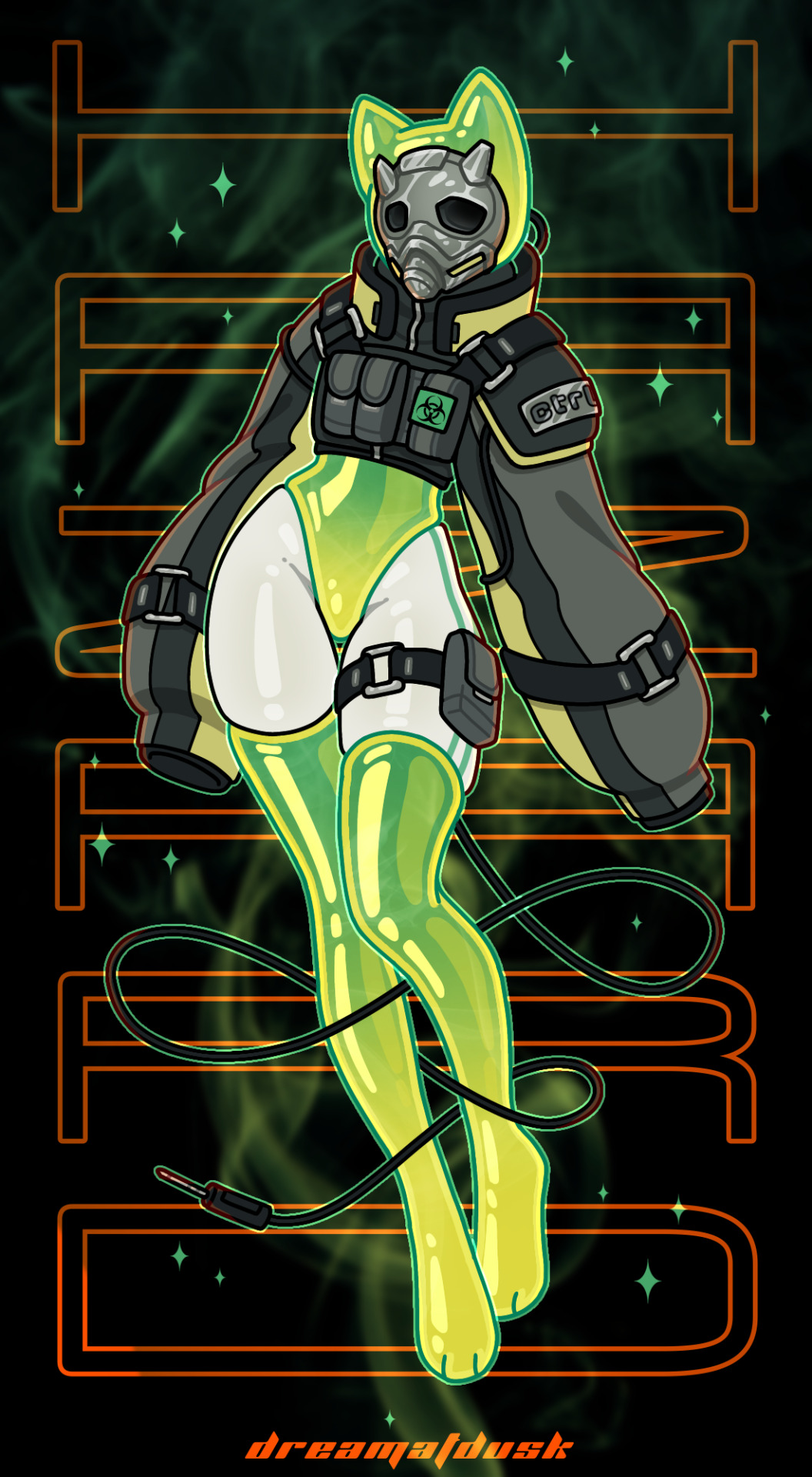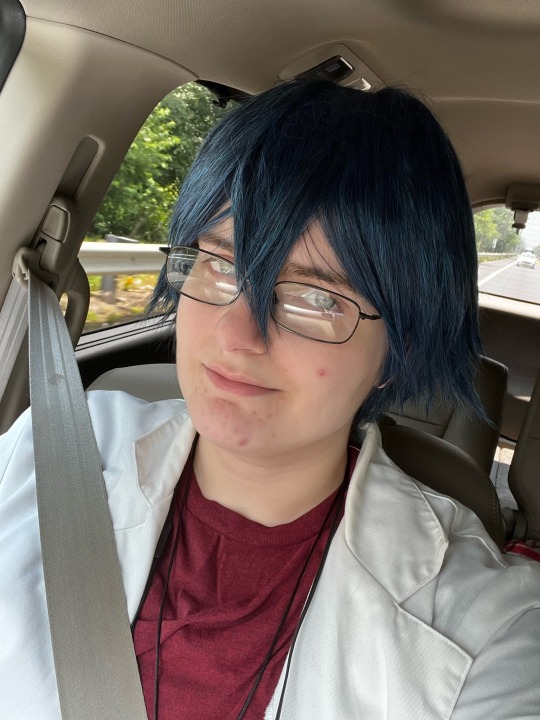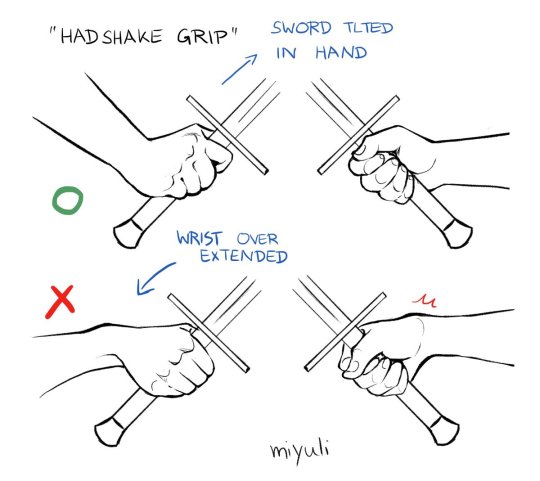Text
You know what, since I'm thinking about it anyways, let's talk formalwear accessories. Most of these are traditionally menswear but a bit of gender fuckery is good for the soul, and frankly most of these are about making your mass-produced clothing fit and lay properly without having to go to the tailor.
Shirt stays: these go around your thighs to hold your shirt down, so that it stays smooth and tucked in. They're usually elastic, with 1-3 clips, and if you wear skirts frequently this is a GREAT way to make sure your top doesn't ride up. The clips will be visible if you're wearing something tight, so loose pants or skirts are where these do best. There's also an insane version that clips to your socks, but that is for lunatics. If you wanted, you could also use one of these clips to hold up thigh-highs.
These do a great job of smoothing and narrowing the waist area by keeping your shirt from bunching there.
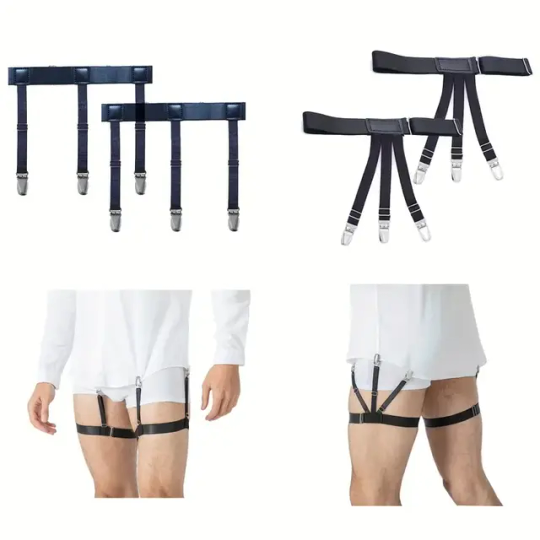

Sleeve garters: usually metal, leather, elastic, or silk. These are usually worn with button-down shirts to adjust where your cuff falls on the wrist or hand. They're properly worn on the upper arm, and you pull the fabric of the sleeve above the garter until you cuff is where you want it. Because this creates a puff of sleeve at the bicep, it also broadens the appearance of the shoulders. It's great if you're working with your hands or if your sleeves are often too long for your preference.

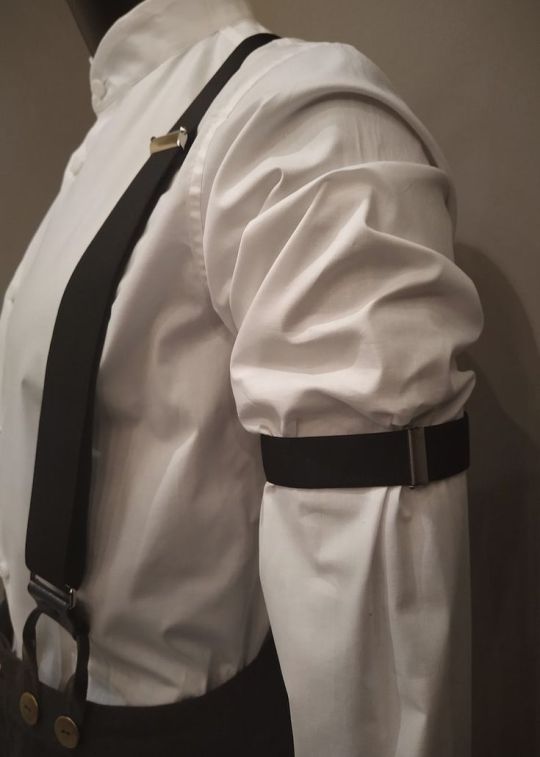
Waistband clip or belt adjustment clip/buttons
Three different ways of tightening the waistband of a pair of pants or a skirt. You're not going to get more than an inch or so tighter without weird bunching, and for most of these you'd want them to be hidden under a shirt or jacket, but they do the job if that's something you're having issues with.
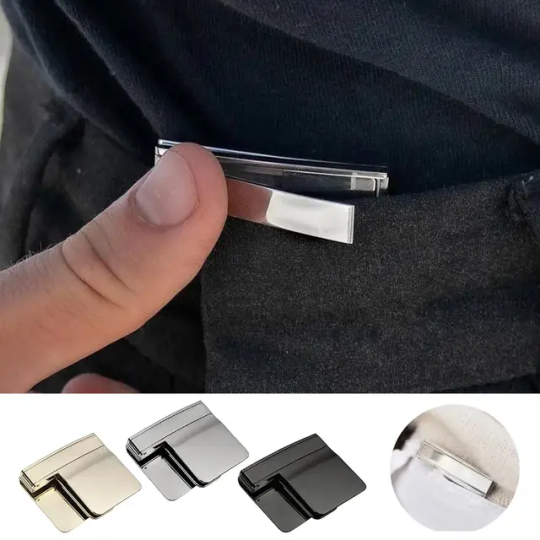
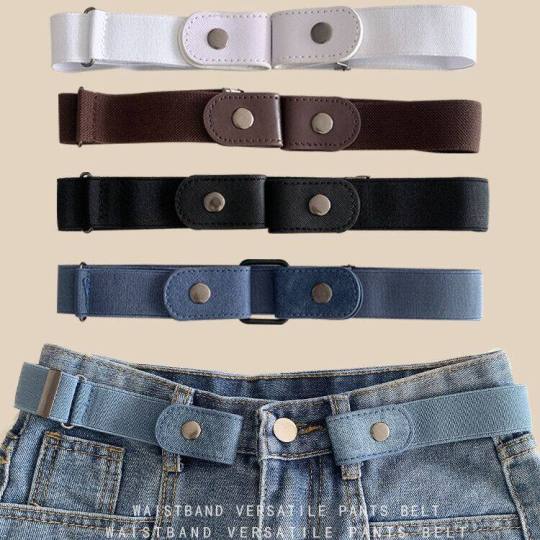
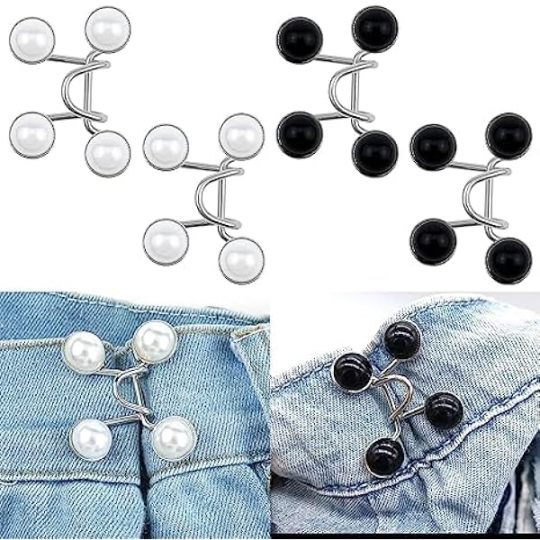
Collar pins: There are so many fun ones out there, both with and without chains. They're not terribly practical, though the slight weight may help keep your collar where you want it. Also consider collar tips, which pin (surprise) to the very tips of your collar points.
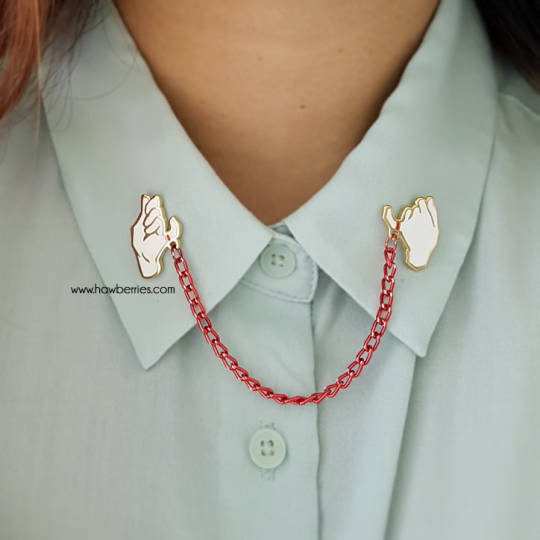


Sweater clips/guards: meant to hold your sweater or cardigan mostly closed. Great if your cardigan doesn't button, or if you don't like it to be buttoned all the way.
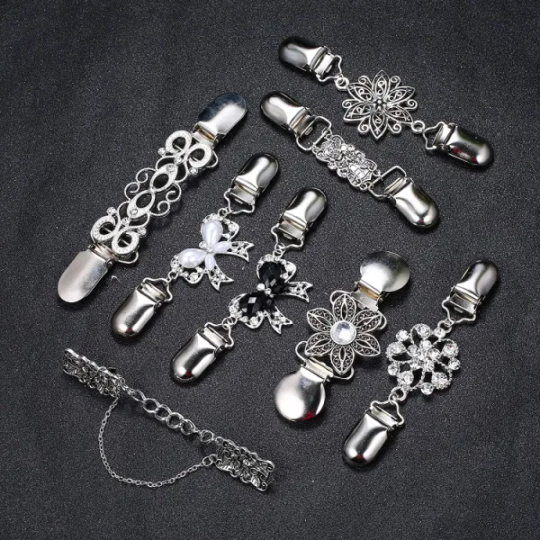
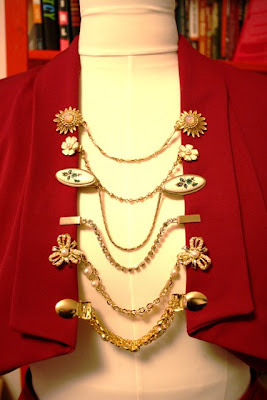
There's tons of other stuff out there like this--etsy is a great place to find this stuff. A lot of these are old solutions to the very modern problem of mass-maufactured clothes not being as one-size-fits-all as advertised, but they're also a fun way to put a bit of personality into businesswear.
14K notes
·
View notes
Text
hot artists don't gatekeep
I've been resource gathering for YEARS so now I am going to share my dragons hoard
Floorplanner. Design and furnish a house for you to use for having a consistent background in your comic or anything! Free, you need an account, easy to use, and you can save multiple houses.
Comparing Heights. Input the heights of characters to see what the different is between them. Great for keeping consistency. Free.
Magma. Draw online with friends in real time. Great for practice or hanging out. Free, paid plan available, account preferred.
Smithsonian Open Access. Loads of free images. Free.
SketchDaily. Lots of pose references, massive library, is set on a timer so you can practice quick figure drawing. Free.
SculptGL. A sculpting tool which I am yet to master, but you should be able to make whatever 3d object you like with it. free.
Pexels. Free stock images. And the search engine is actually pretty good at pulling up what you want.
Figurosity. Great pose references, diverse body types, lots of "how to draw" videos directly on the site, the models are 3d and you can rotate the angle, but you can't make custom poses or edit body proportions. Free, account option, paid plans available.
Line of Action. More drawing references, this one also has a focus on expressions, hands/feet, animals, landscapes. Free.
Animal Photo. You pose a 3d skull model and select an animal species, and they give you a bunch of photo references for that animal at that angle. Super handy. Free.
Height Weight Chart. You ever see an OC listed as having a certain weight but then they look Wildly different than the number suggests? Well here's a site to avoid that! It shows real people at different weights and heights to give you a better idea of what these abstract numbers all look like. Free to use.
192K notes
·
View notes
Text




I have to draw a lot of gold and metal for my work, but wasn't happy with any of the metal tutorials i could find around. I prefer really specific instruction, so after some research i put together what i think works as a generalist's guide/tutorial. Not perfectly accurate, but i hope it's helpful!
27K notes
·
View notes
Photo
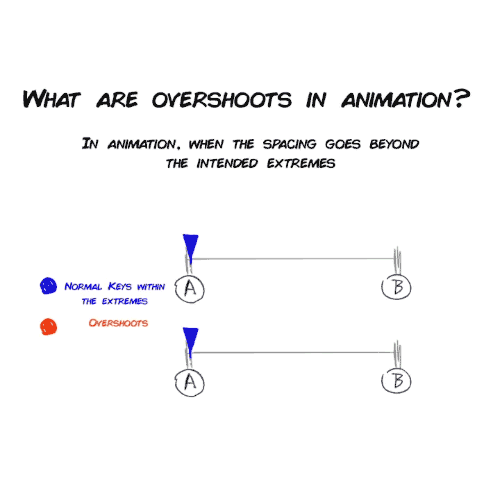


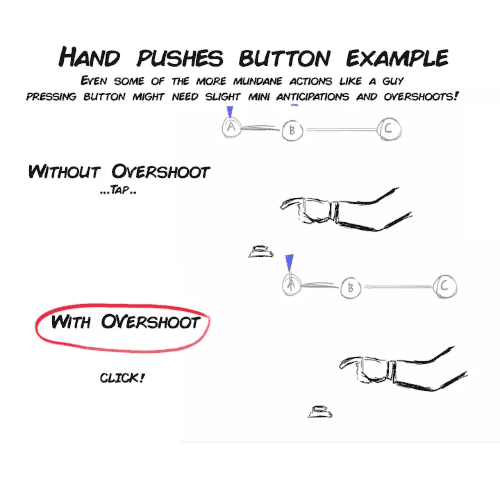



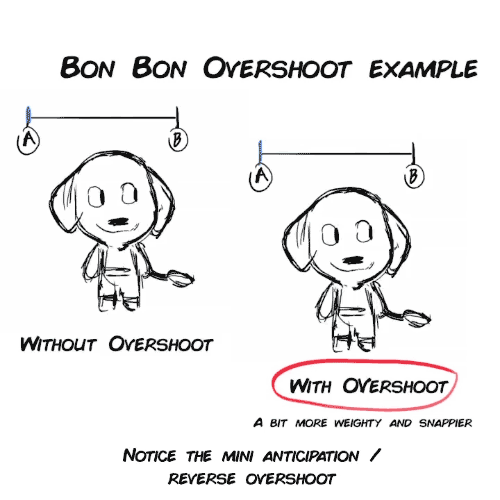

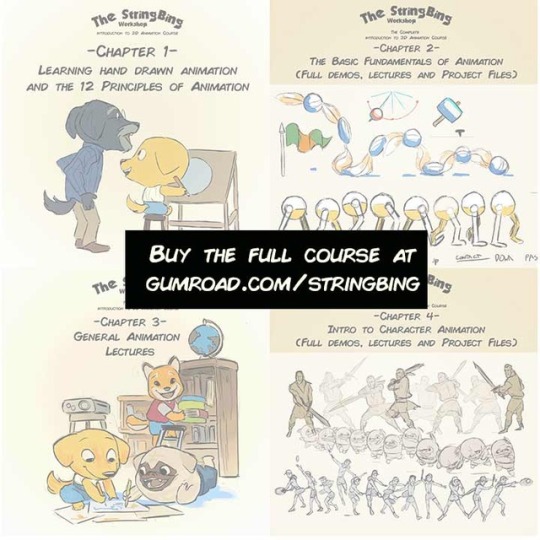
Overshoots and Mini Anticipations lecture from my Complete Introduction to 2D animation package.
https://gumroad.com/l/Introto2DComplete
or you can buy each chapters, or my other tutorials:
https://gumroad.com/stringbing
68K notes
·
View notes
Text
Drawing from References with deep Foreshortening
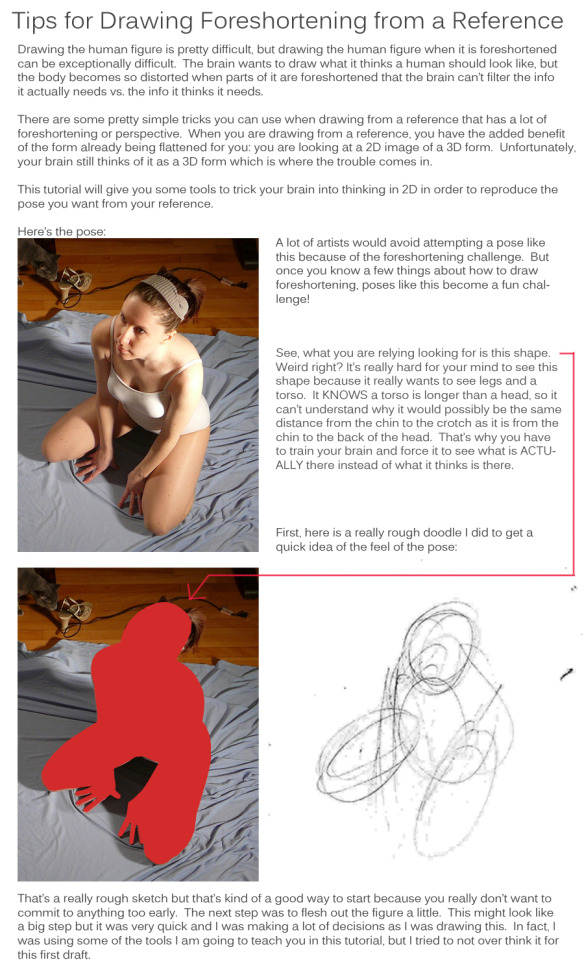

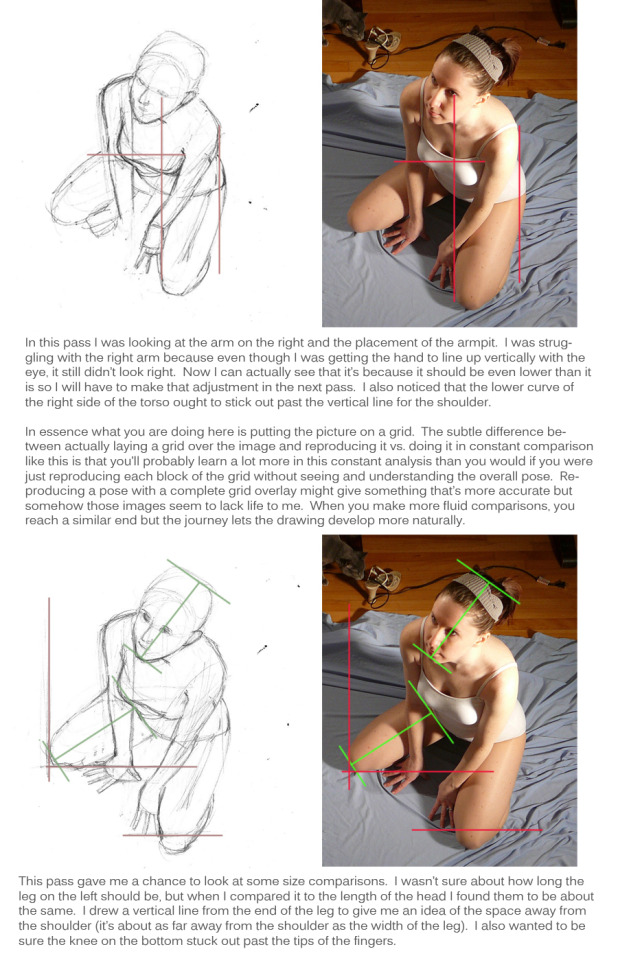

And some practice poses:
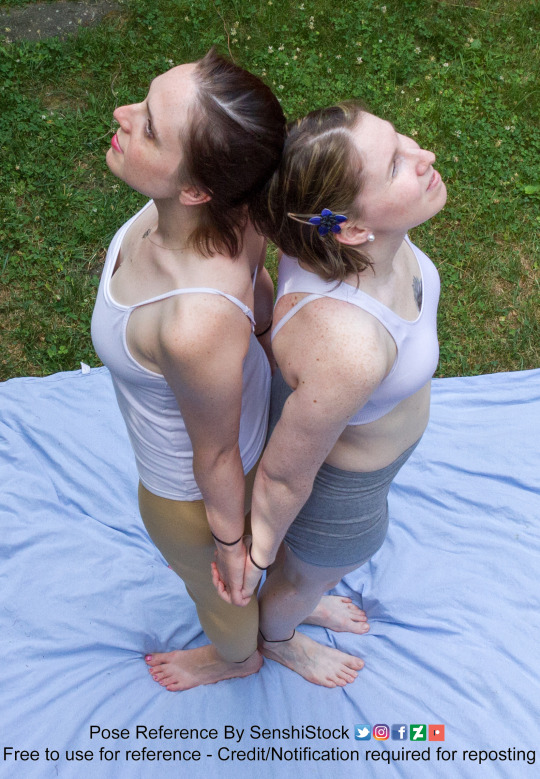


8K notes
·
View notes
Text
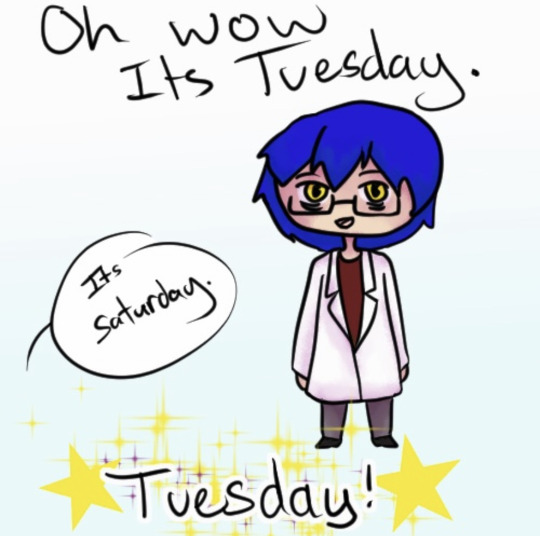
#i posted this on imoam Saturday#but funny enough I remember it on the day that’s actually Tuesday#Tuesday#Saturday#meme#orion#orioniszeta
4 notes
·
View notes
Text

@dimiclaudeblaigan asked for a tutorial on how to begin drawing. Good news! If you can draw a funky looking stick man, you have already started!
I think that stick people are a great starting point for artists because of the things you can learn from them that will be important later on.
If you are able to draw a circle and a couple of lines, you can easily put together a stick person.

Congratulations! You have started to draw. :)
A stick person is a very minimal artistic representation of a real life person. It is simple yet recognizable, and is widely used in art, media, and signage.
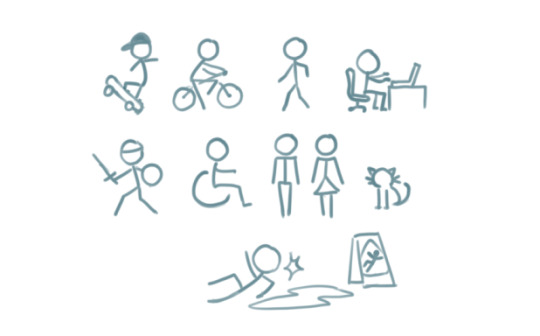
But what can a stick person teach us about drawing people that look more like… well, people? Lets have a look!
By simply adding a few more lines, we can add a pair of eyes and a mouth. Maybe even a little triangle nose! Or half circles for ears. We can now draw a face, which provides a basis for all sorts of expressions.

These simple additions can allow us to explore the wide range of human emotion and individuality.

This may seem like the basics of the basics. But that is what we want! In order to get to the point where we are able to draw complex, elaborate representations of humans and objects, we will need to start with simple shapes like lines and circles and build our understanding from there.
For instance, lets give our stick person some cool new features, such as hands and feet. I chose little squiggly circles to represent hands, and triangles to represent feet.

We can go a step further and modify the body of the stick person to include shoulders, hips, elbows and knees. These parts of the human body are quite complex in real life But here, all we need to do is add a few simple lines and dots to our stick person.

The lines provide some additional structural elements to our stick person's body, which are the shoulders and the hips. The dots indicate the points of articulation - elbows and knees, the places where the arms and legs bend!
Now we can use our stick person to show us an even wider range of human movement, action, and expression.
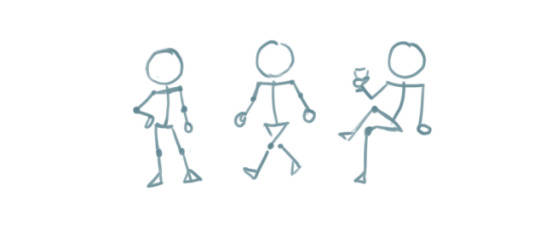
Our little drawing of a human being is evolving! All it took was adding a few more lines and shapes here and there.
By elongating some of the existing lines and making the head an oval instead of a circle, we can give our stick person proportions that resemble that of a real life human.
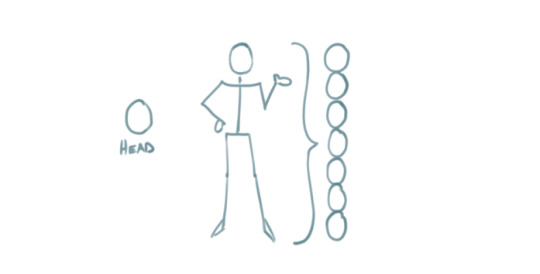
By this point, we have managed to add more complexity to our stick person simply by using our ability to draw lines, circles, and other basic shapes!

These basic ideas are the building blocks that will enable us to create more complex shapes.
The next part may be a considerable step up if you are absolutely new to drawing, but I have decided to include it in order to show you how complex objects like the human body can be built from shapes that are a bit more complex than circles and lines.
For example. Two ovals and a rectangle can be combined to create a cylinder.

Six squares can be combined to create a cube, or a box. Here, each square is distorted slightly depending on which way the cube is facing.

Note that the back faces of the cube and the bottom of the cylinder are hidden. These shapes allow us to visualize that which should not normally visible.
A sphere from all perspectives can be represented by a circle. But we can make it more like a sphere by adding lighting and shadow if we so desire.

Cubes, cylinders, and spheres are examples of 'solid shapes' because they consist of 3 dimensions.
Lets see how these solid shapes can be used to compose the human body.
By stacking three cylindrical objects, we can create a torso. Two spheres have been added to form shoulders, while a smaller cylinder forms the neck.

An arm is an alternating sequence of spheres and cylinders connected together. Note that the hand has been simplified for this example.
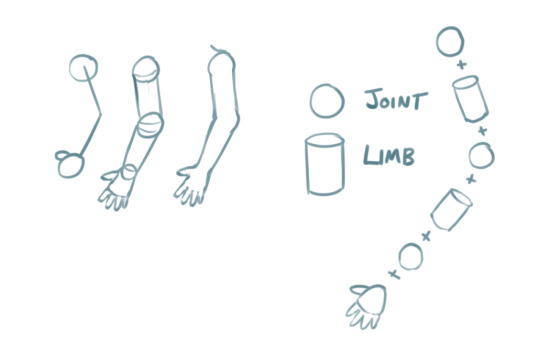
We can apply these solid shapes to the rest of the body to give us a more recognizable representation of the human form. It doesn't even have to be perfect. And just like that, our stick figure now has a silhouette that is unmistakably a person!
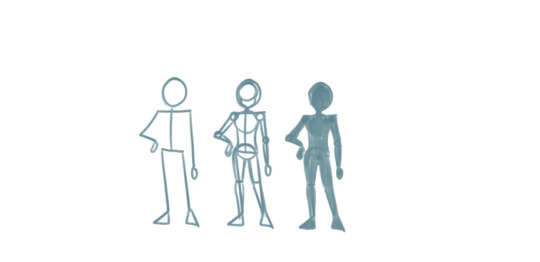
In the above examples, notice that we kept the stick person at the beginning while building up the shapes and solids around it. This is because the stick person serves as a guide for positioning the body and its various parts -> also known as posing.
You can do the same thing to everyday objects! Here, I drew a wine glass by stacking these three dimensional solid shapes.

The cup and its contents are two ovoid shapes that were cut in half. The stem is a very thin cylinder shape. The base is a cylinder with a slightly wider bottom.
Solid shapes help inform us how objects and parts of the human body may appear from different perspectives.
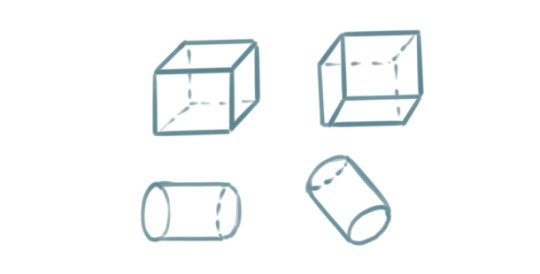
For example, a sphere can be used to demonstrate how the human head appears when looking up or down, turned to the side, or tilted at an angle.

With these examples, I hope I have managed to convinced you that if you can draw a circle and a couple of lines, you can draw a person! You just have to train your eye to recognize the simple shapes within complex objects. Try it with everyday objects as well! Or even your favourite media! A drawing subject can be as simple or as complex as you envision it to be.
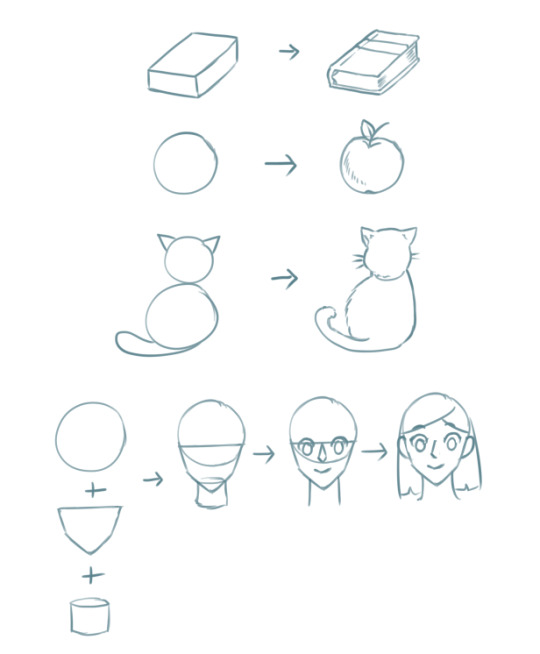
Once you have mastered that, there are many aspects of drawing you can explore from here that may require you to seek additional resources or a fellow artist's advice.

Last of all, remember that drawing is an iterative process. Even if you draw something correct the first time, you will need to draw it again and again to get it right all times! And by making small changes like the ones we explored in this tutorial, your drawings will gradually transform!
I hope what I've demonstrated here are enough to provide the basics of how to get started with drawing objects and people, and also to help refresh more experienced artists. :) Hopefully I didn't go too off topic with what was requested, and let me know if there are any more questions I can answer.
Cheers :3
26K notes
·
View notes
Text
ok I DO have ONE hot tip.
So. You're like me. You have ideas and you want to see characters move around in sync with some audio. But also you need to cut as many corners as possible. BUT ALSO you really want it to feel good to watch to justify the effort.
My tip is this: use tweens but as few as humanly possible.
To explain: so we got these key poses we wanna use while somebody says something

That's 3 drawings!
If you draw out a whole scene at this rate, you'll get the point across! This totally works! You can have all kinds of cool poses and expressions and it will still be an unreasonably large number of drawings, and an impressive feat to finish!
BUT since we're already here....why not trick everyone into thinking it's "smooth" by making THEIR brain do HALF the work, at LEAST.

^ That right there is only 3 additional drawings!
Tween Type 1: bridging the gap
so the difference between these 2 frames is huge, and as a consequence playing one right after the other feels choppy.
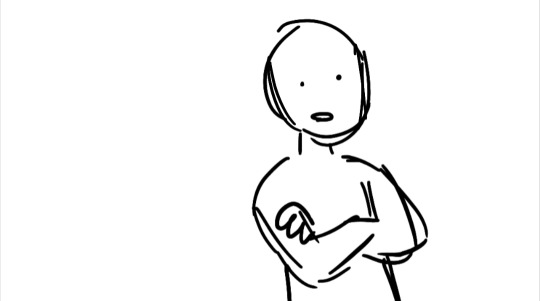
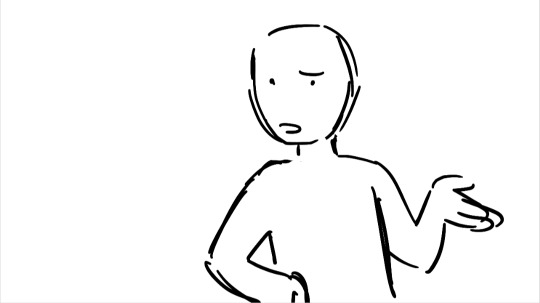
Now I haven't explained the second kind of tween yet, but the way we decide between them is by asking ourselves, "how controlled is this movement, and where is it fastest?"
This guy is unfolding their arms and then placing a hand on their hip. This is a more controlled motion, because the limb stays close to the body at all times, where there's not much room to swing around.
Also, if you do this in real life to test it, the two slowest parts are separating your arms at the beginning, and then resting your arm on your hip. Between those two parts, it's mostly just your arm swinging into place relatively fast.
The fastest part will be easier for your brain to fill in for us, so the tweens are only added to the slow parts.
The arm starting to unfold, and the arm slowing down to rest on the hip.
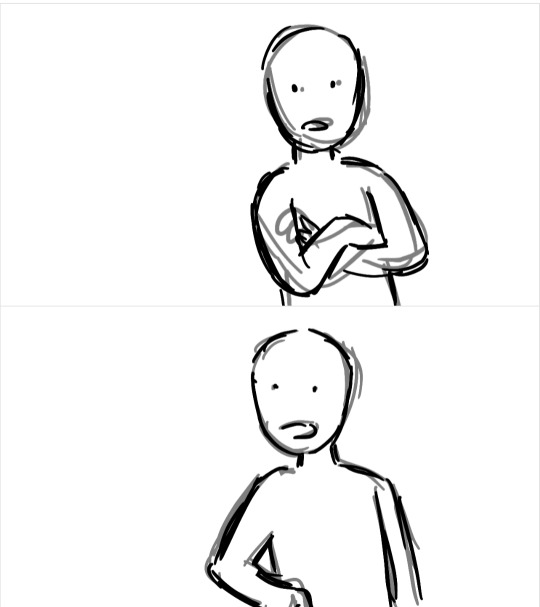
The second screenshot, depicting the "end" of the movement, is overlaid onto the NEXT frame rather than the previous, because it will need to look very close to that for your brain to process the new pose properly.
These 2 new drawings have created just enough of a bridge for your brain to register it as a movement rather than two separate images.
Tween Type 2: overshooting
This kind of tween is used for faster, less controlled movements, or anything that "squishes." Here I use it for the guy bringing his arm up, and his eyebrow moving.
Once again overlaid onto the frame AFTER this tween, so you can see the "overshoot" effect.
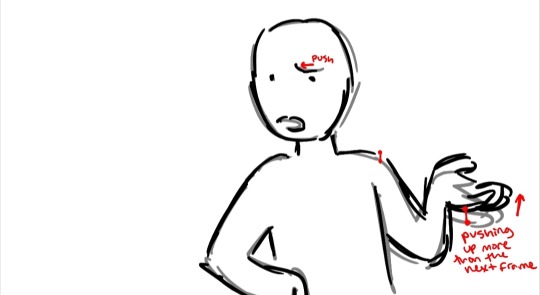
Since the arm is out in the open air, it will swing with the momentum it took to raise it, and the guy's musclea will need to squeeze it back into the place they intended to hold it at. So it moves past the final resting pose (overshoots it), because it is too fast to slow down before it.
Overshoot is kind of the opposite of bridging the gap. Where bridging the gap shows you something starting to move, and then slowing down; overshoot shows you something winding up (omitted for this chill guy, but it's a frame "pulling back" on the pre-movement pose where the frame I did add is "pushing" on the post-movement pose), and then struggling to come to a complete stop.
But just like bridging the gap, you don't have to draw he middle because the movement is fast, so your brain wouldn't have paid attention to it anyways.
So yeah thats how I play tricks on people's minds without REALLY animating! Go nuts!
Since the tweens are onscreen for much shorter times, don't be afraid to let them be messy, so that you can try out a few different variations to see which looks right. I redrew that arm coming to rest on the guys hip 2 or 3 times, and it was originally supposed to be an overshoot, but the bridge ended up looking better!
14K notes
·
View notes
Text
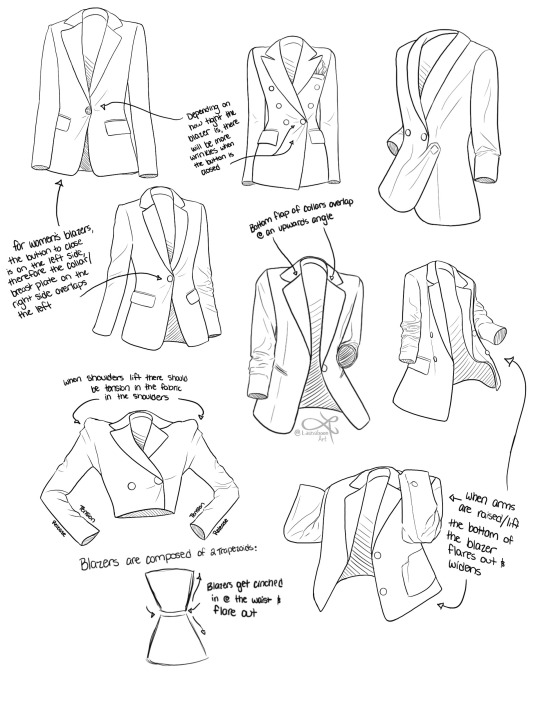


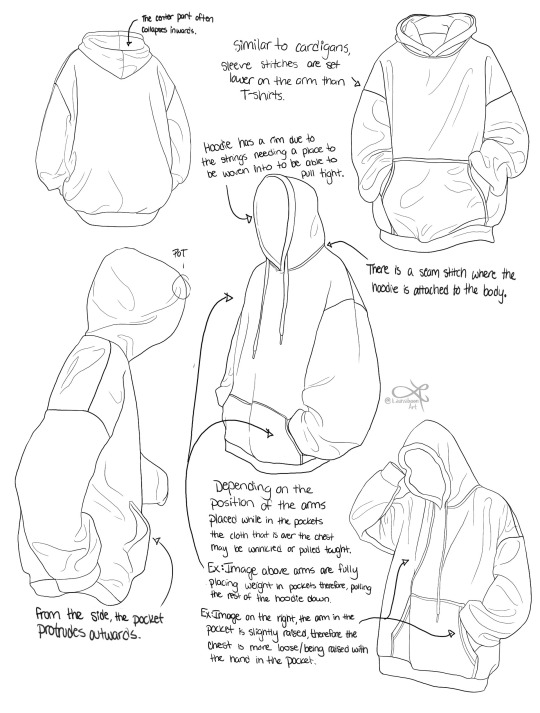
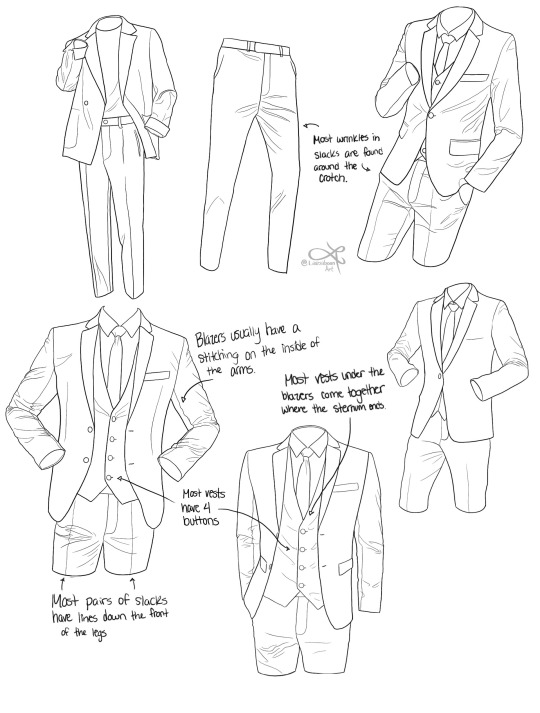
I'm currently doing an online art school program and I thought I'd share some notes on clothing pieces for anyone else whose like me and for some reason can't understand objects with free from lol I hope you find some of these observations/ notes useful for any of your art journeys!
19K notes
·
View notes
Photo

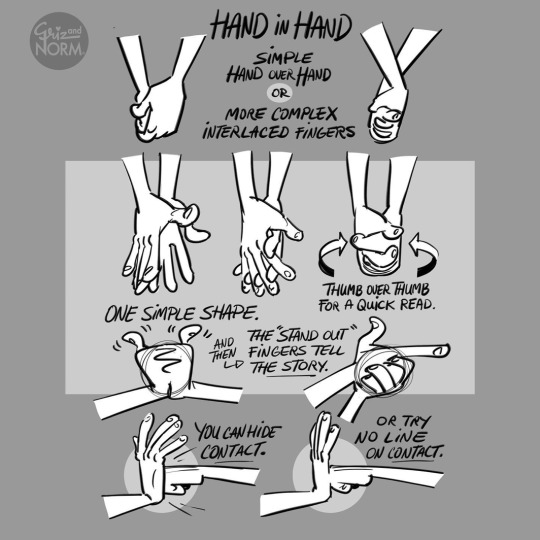
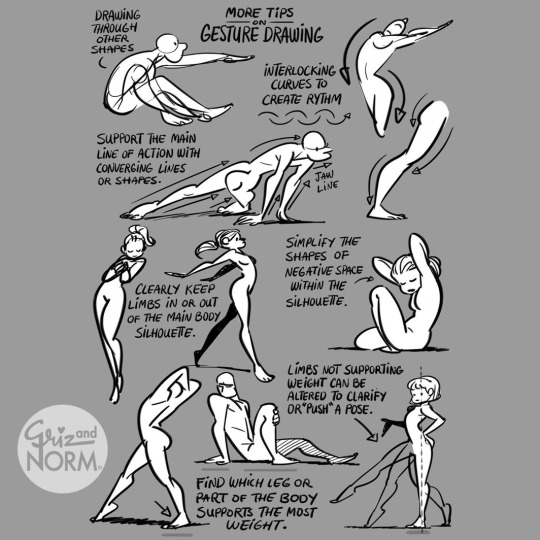

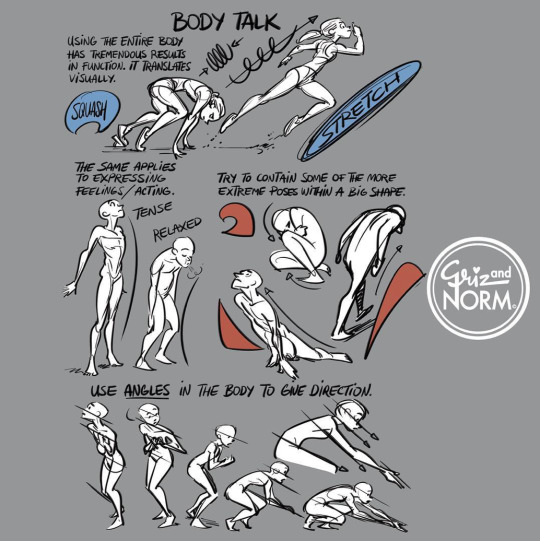
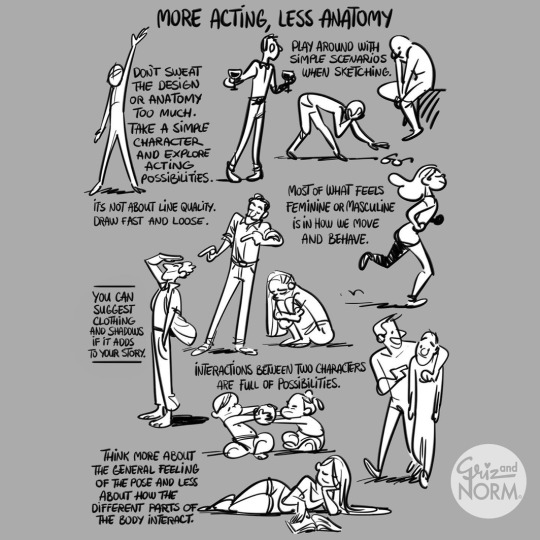
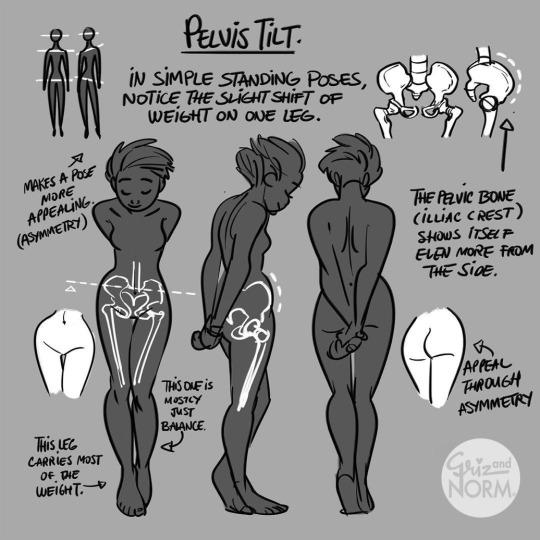
More art tutorials by Disney artists Griz and Norm Lemay
46K notes
·
View notes
Photo

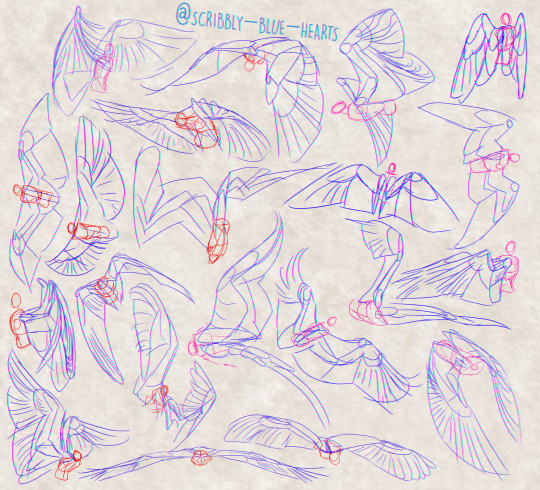
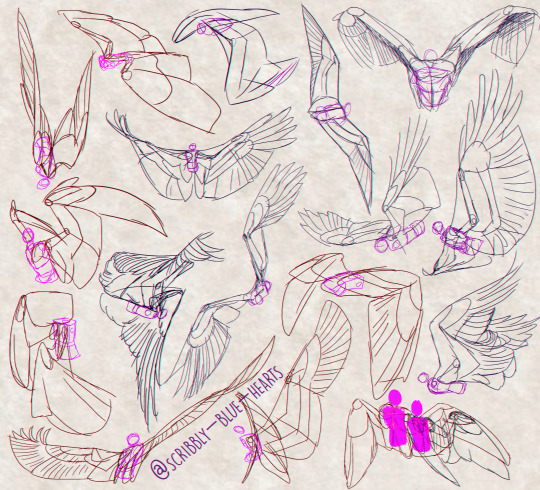
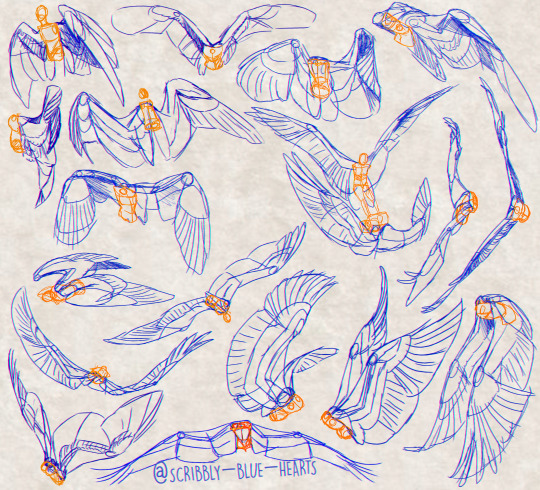

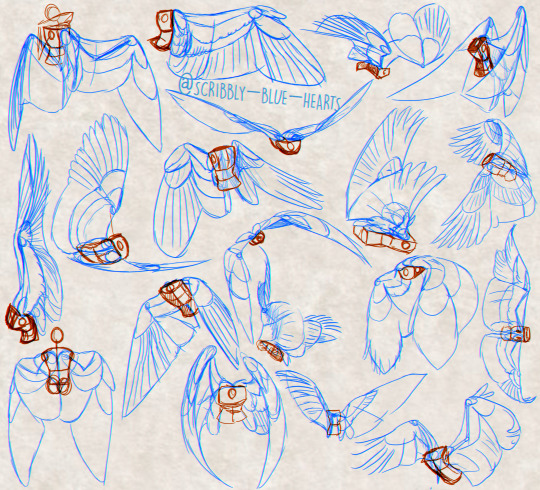
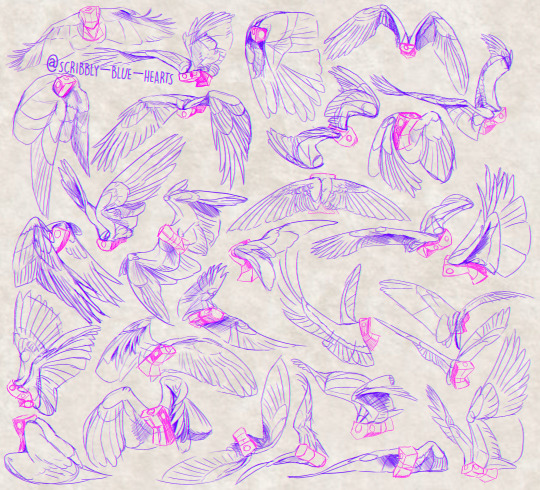
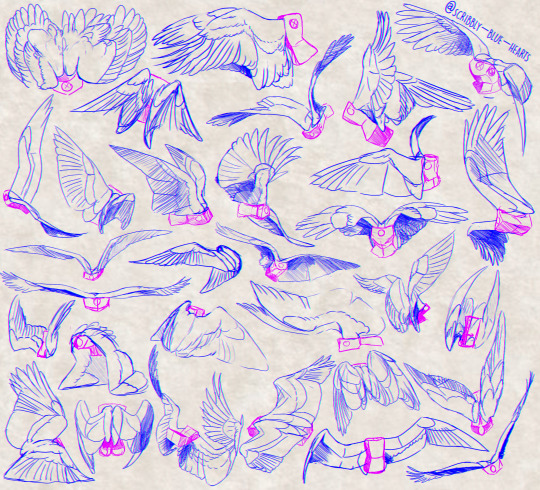

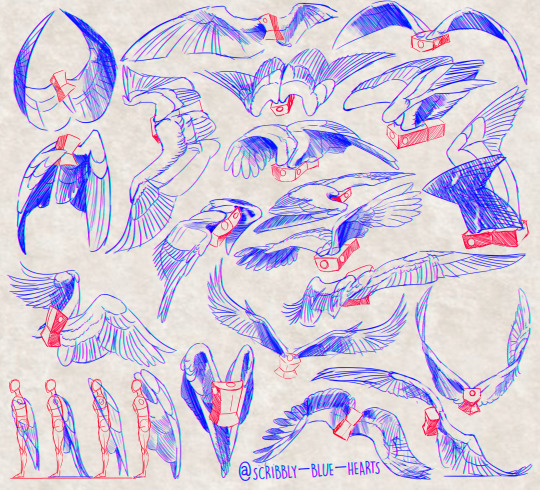
Cleaning up my files and forgot that I had all these wing studies from circa. 2015 so thought, y’know what, I don’t need to hold onto these, so have this as a little gift from me to whomst ever needs some quick wings for their OC’s, AU’s, and Art.
21K notes
·
View notes
Photo
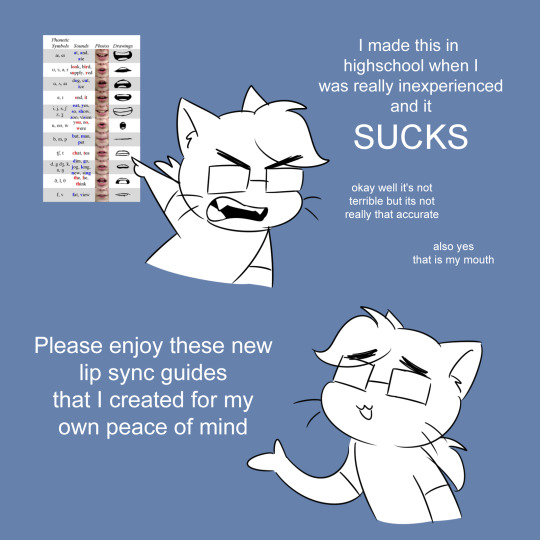
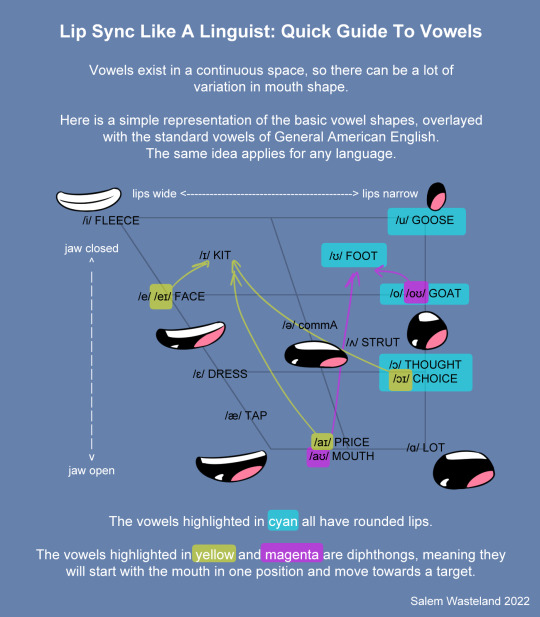
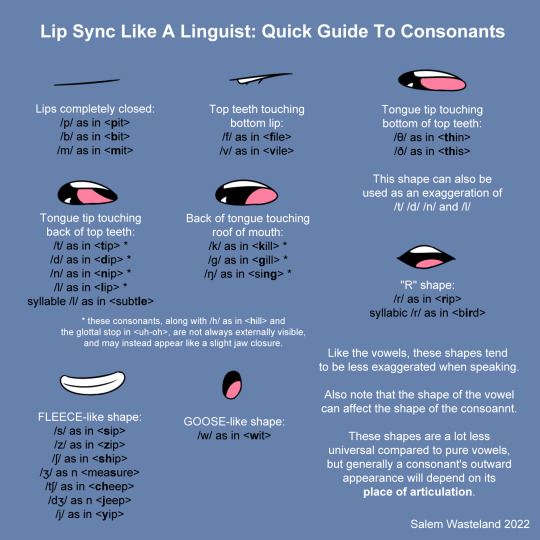
That ol’ chart of mine makes the rounds online periodically and it drives me crazy because it’s frankly not very good. So, I finally got around to remaking it.
I doubt this will get anywhere near as popular, but I wanted to make it.
Good reference for animation, comics, and for visualizing phonetics!
33K notes
·
View notes
